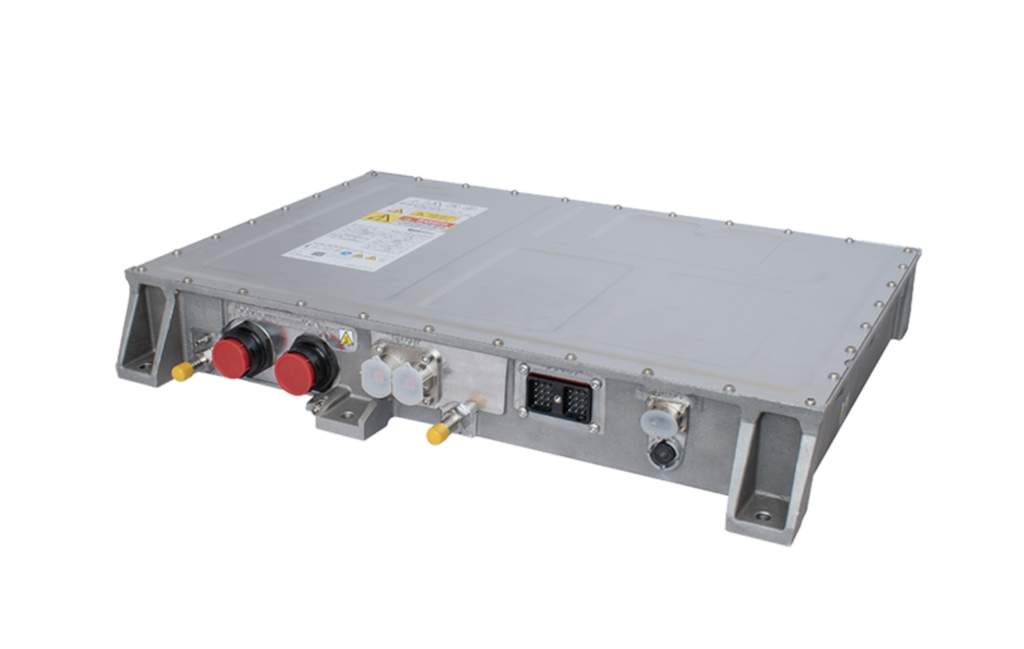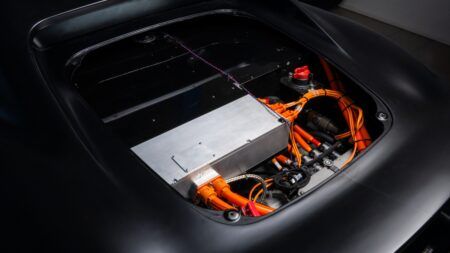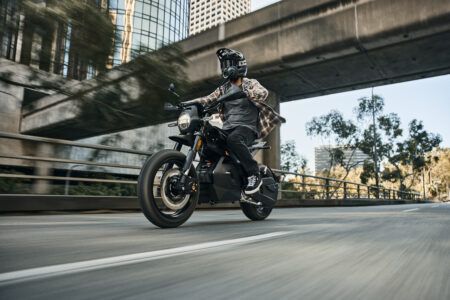Electric vehicle adoption has been increasing rapidly. With faster charging and easier access to charging stations, EVs can now be found everywhere you would expect to see a traditional internal combustion engine (ICE) vehicle. Inside all these EVs are batteries with large amounts of stored energy. While the primary purpose of this stored energy is to propel the vehicle, there are several situations where it may be useful to export this power back to the grid or to other equipment.
Bel’s BCV200-350-8 combo battery charger consists of a bi-directional battery charger and two independent down converters to increase the versatility of EVs and make use of their batteries in alternative ways.

Traditional chargers can only send power in one direction: from the power source to the battery. These chargers take AC from the grid and convert it to DC using passive rectifiers. Bi-directional chargers use active rectifiers that can invert the battery voltage back into ac to supply it back to the grid. There are several scenarios where it may be advantageous to export power from the vehicle to the grid (V2G).
A primary benefit of V2G is managing peak loads. Grid power is slow to react to load transients leading to voltage sags and brownout. Excess energy produced by the grid is typically dumped and wasted. With bi-directional charging, the EV batteries can act as grid storage. During low demand times, the EV can charge its batteries and in high demand times the EV can source power back to the grid, increasing grid stability, minimizing voltage fluctuations, and limiting wasted energy. This is especially useful with renewable sources. For example, with solar sources, the excess energy produced when the sun is out can be used to charge the battery and the battery can provide this energy back to the grid when the sun is down. It can also help reduce utility bills by exporting energy at high-cost times and charging during low-cost times.
There’s also the possibility of vehicle-to-vehicle (V2V) charging. Much like jumping an ICE vehicle, bi-directional charging allows the EV battery to charge the battery another EV. This has led to the idea of mobile chargers, essentially vehicles with extra large batteries that other EVs could use to charge off in locations where access to the grid is limited.
Exporting energy to the grid is not the only way to take advantage of the energy store in an EV. The 4 kW 12 V and 1 kW 24 V dc down converters in the BCV200 enable a wide range of equipment to be powered and charged from the EV battery. Large equipment at remote worksites that would traditionally be powered by emission heavy gas generators can instead be powered from the emission-free EV. While external converters could be used to create these voltage rails, the integrated converters in the BCV200 eliminate the cost and space associated with the cabling needed to connect these converters.
The increasing number of EVs on the road means that there is an increasing amount of energy storage that can potentially be tapped into. Bidirectional chargers, such as Bel’s BCV200-350-8, make it possible to store, transport, and supply power in new and more efficient ways. The addition of integrated down converters further increases its versatility, making it much more than a battery charger and capable of solving a range of power needs.





